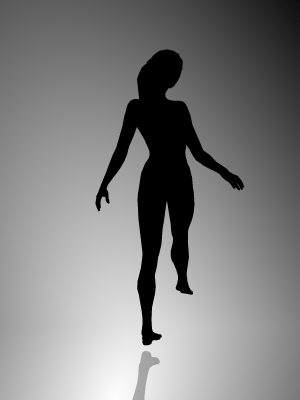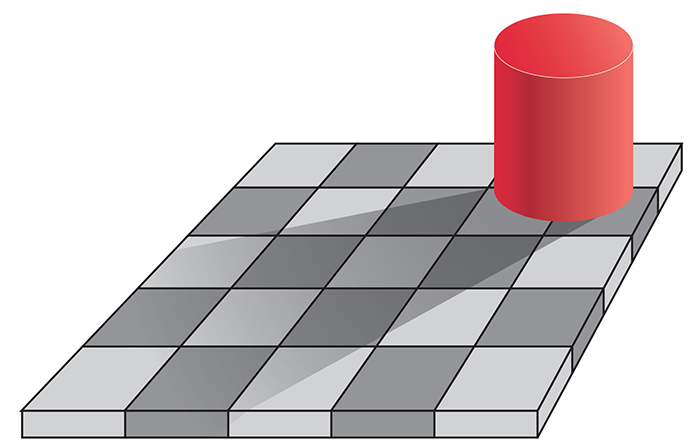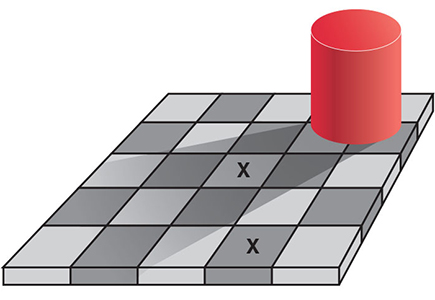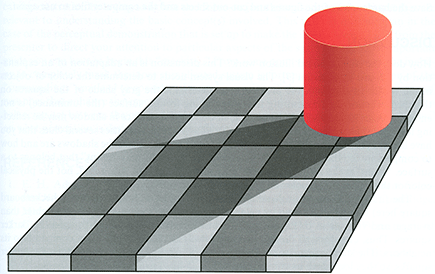
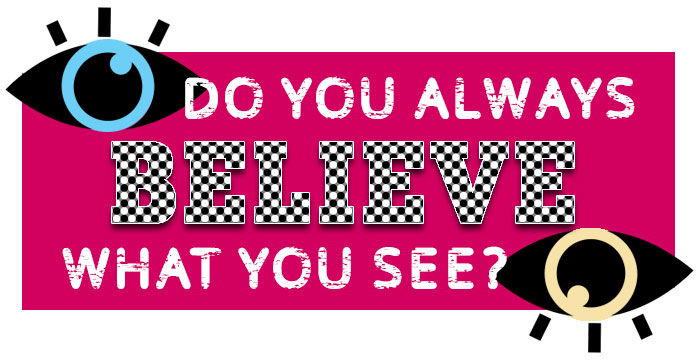
Through our eyes we see light, and the way light interacts with the objects around us tells us a great deal about our surroundings. What we see also depends on how images are sensed by the chemical reactions in our eyes, and how they are interpreted by our brains. Read on for some examples of visual and optical illusions: |
Excerpted from the 2016 "Once Upon a Christmas Cheery, In the Lab of Shakhashiri" |
|||||
Try this at home with your own pencil, and a glass of water! |
|||||
What direction is the dancer spinning, clockwise or counter-clockwise? Does she change as you continue to observe her? |
|||||
|
|||||
| Unless otherwise noted, the material above was adapted from Chemical Demonstrations: A Handbook for Teachers of Chemistry Volume 5 |

